SUMMARY
This is AI generated summarization, which may have errors. For context, always refer to the full article.
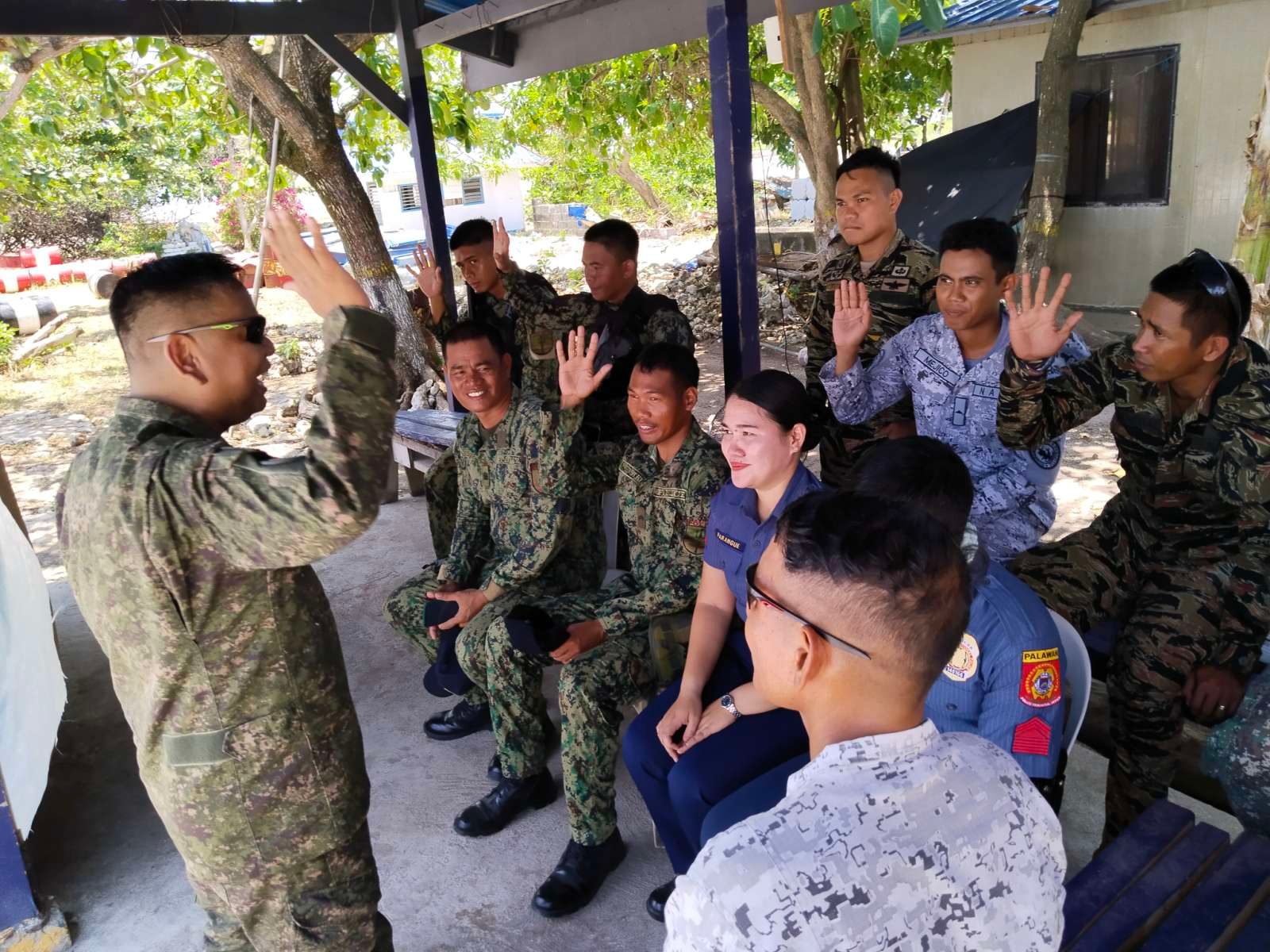
ZAMBOANGA CITY, Philippines – In a cluster of islands and reefs in the western part of the Philippine Exclusive Economic Zone, soldiers and police officers maintain the government’s presence in a territory amid geopolitical tensions over sovereignty and maritime rights. Their biggest adversaries on these islands, however, are isolation and loneliness.
The Kalayaan Group of Islands, known for its pristine marine environment, rich biodiversity, and abundant fishing grounds, is home to a small civilian population and is believed to have significant oil and gas reserves, further adding to the strategic importance of the area.
This cluster falls under the administration of Kalayaan town in Palawan province, part of the Spratly Islands, which is nearly 300 nautical miles northwest of Puerto Princesa.

Foreign text messages
Communication with the rest of the country has long been a challenge for residents and government troops stationed there.
Due to relatively poor service from local telecommunications companies, people on the islands pick up stronger signals from telecommunications firms based in Vietnam or China.
In July 2019, the Department of Information and Communications Technology (DICT) established the first free Wi-Fi connection on the island, 14 years after Smart Communications, the only Philippine-based telecommunications firm with a presence there, initially provided a 2G service. It was upgraded to LTE three years ago.
In 2021, DICT offered free Wi-Fi at various locations, including the Pag-asa Island Elementary School, Pag-asa Island Barangay Hall, Pag-asa Island Basketball Court, and a town government facility.
The signals, however, remained relatively weak. Upon arrival at Pag-asa, Smart line users receive text messages in Vietnamese, while Globe Telecoms subscribers receive messages in Chinese.
These messages come from Beeline, a Vietnamese telecommunications company, and China Mobile or China Telecom, Chinese telecommunications firms.
Former Kalayaan mayor Eugenio Bito-onon Jr. said all communications are better done using the Messenger app.
The “welcome texts” from Vietnam and China are stressful for arriving soldiers because they realize that establishing contact with their relatives back home using their mobile phones would incur costly roaming rates, said Major Pedro Michael Millares Jr., the head of the Division Integrated Counseling Office (DICO) of the Army’s Sulu-based 11th Infantry Division.
Travel challenge
The government has built a relatively decent port in the area, Bito-onon said.
But Bito-onon recalled that there was a time when small passenger vessels traveled to Pag-asa Island only twice a year, usually during the dry season when waters were relatively calm.
To this day, he said, the town government uses a motorized banca for travel to and from the cluster of islands.
Bito-onon noted an increase in the frequency of people traveling to the Kalayaan Group of Islands recently, primarily due to increased activities of the Philippine Coast Guard, Navy, Bureau of Fisheries and Aquatic Resources (BFAR), and government contractors, among others.
Early this year, the Kalayaan town government intensified its tourism campaign by launching the 1st Pista ng Karagatang Kanluran (West Philippine Sea Festival).
The launch included the Great Kalayaan Expedition, which brought visitors from Puerto Princesa to the Kalayaan islands of Lawak, Likas, Patag, and Pag-asa.
Lawak and Likas boast bird and sea turtles sanctuaries, while Patag is the main stationing point for soldiers. Pag-asa serves as the administrative center of the island cluster.
High levels of stress
“Since Pag-asa Island is located in the west and farthest frontier of the Philippines, it is just but fitting to also consider the behavioral and mental condition of the troops assigned to the island,” said Armed Forces of the Philippines (AFP) Inspector-General Lieutenant General William Gonzales said.
Soldiers and police officers stationed on the geographically isolated islands face constant exposure to high levels of stress, prompting the AFP to address not only concerns about their physical capabilities but also their emotional and psychological well-being, Gonzales said.
During his recent visit to the Kalayaan Group of Islands, Gonzales was joined by Millares, Lieutenant Colonel Nephtali Padua, the commander of Western Command Training, and Lieutenant Colonel Isagani Nato, the Civil-Military Operations commander.
Millares, a member of the AFP’s Corps of Professors, took the lead in organizing a three-day resilience-building activity for soldiers and policemen deployed at Pag-asa Island in early May.
Self-care
“Resiliency-building was prioritized for these soldiers and policemen due to the challenges they face in their daily tasks and the loneliness associated with being assigned to an isolated island,” Millares said.
He stressed the significance of time management, self-care, and cognitive restructuring sessions for the soldiers.
According to Millares, when stress reaches its peak, individuals tend to neglect their hobbies, relationships, and free time, which further exacerbates stress. This, he said, creates a cycle where self-care is overlooked and stress continues to intensify.
Millares said, “Self-care involves engaging in activities that bring relaxation, enjoyment, or energy. This could include talking with a friend, going for a walk, reading, listening to music, or any other activities they find pleasurable. The key aspect of self-care is not necessarily the specific activity, but the act of engaging in it.”
He also stressed the need to remind the troops about the importance of effective time management.
Millares said, “There is also a need to be reminded of time management. There could be too much to do, yet too little time. Balancing responsibilities and fitting them into a busy schedule is a common stressor. Time management skills can reduce the mental burden of juggling tasks, and increase the likelihood that everything gets done.” – Rappler.com
Add a comment
How does this make you feel?

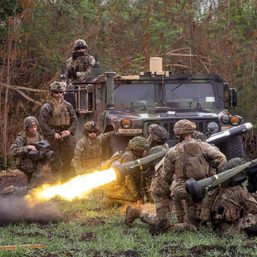
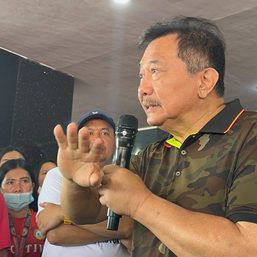
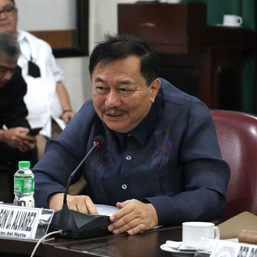
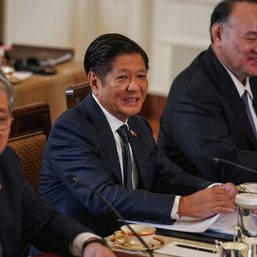
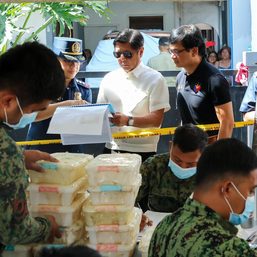
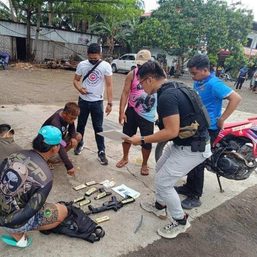

![[Rappler Investigates] The guns of Apollo Quiboloy](https://www.rappler.com/tachyon/2024/04/quibs-guns-carousel.jpg?resize=257%2C257&crop=412px%2C0px%2C1280px%2C1280px)
There are no comments yet. Add your comment to start the conversation.